Peperomia Argyreia Watermelon Plant
The Peperomia Argyreia, also known as the Watermelon Plant, is beloved for its stunning, glossy leaves that feature distinctive silver stripes, resembling the pattern of a watermelon rind. This eye-catching plant adds a touch of elegance to any space with its striking foliage. Pet-friendly and safe for homes with animals, the Watermelon Peperomia is also known for its air-purifying qualities, helping to create a fresher indoor environment. Easy to care for and thriving in bright, indirect light, it’s a perfect addition for plant lovers of all experience levels.
Please note that the leaves of this plant are extremely delicate and may have some cosmetic imperfections. Additionally, they can be easily damaged during transport. We kindly ask that you purchase only if you’re comfortable with these natural characteristics. Thank you for your understanding!

Free Care Guide With Every Purchase
Scan the plant pot QR for instant access to our care guide for your plant. No hassle, no stress, just healthy and happy plants.
Peperomia Argyreia (Watermelon Plant) Care Guide
Light:
The Watermelon Peperomia thrives in bright, indirect light. It can tolerate lower light conditions, but the vibrant leaf patterns may fade if placed in too much shade. Avoid direct sunlight, as it can scorch the delicate leaves.
Watering:
Water when the top inch of soil feels dry. Peperomia Argyreia prefers to be slightly dry rather than overwatered. Be cautious of overwatering, as the plant is susceptible to root rot. During the winter months, reduce the frequency of watering, as the plant’s growth slows.
Humidity:
Peperomia Argyreia enjoys average household humidity and adapts well to most indoor conditions. If the air is particularly dry, you can mist the plant occasionally, but this is not essential for its health.
Temperature:
This plant thrives in temperatures between 18°C and 26°C. Avoid cold drafts or exposure to temperatures below 13°C, as Peperomia is sensitive to cold.
Fertilising:
Feed with a balanced, water-soluble fertiliser once a month during the growing season (spring and summer). There’s no need to fertilise during the winter months when growth naturally slows down.
Pruning:
Prune dead or damaged leaves to keep the plant looking fresh and healthy. Pinching the tips can also encourage bushier growth if desired.
Repotting:
Repot every 2-3 years, or when the plant outgrows its container. Peperomia has a relatively small root system, so it doesn’t require frequent repotting. Use fresh, well-draining soil when repotting.
Pet Friendly:
Peperomia Argyreia is non-toxic and safe for pets, making it a great choice for households with cats and dogs.
**Q: How often should I water my new Watermelon Peperomia to keep it healthy?**
A: Water your plant when the top inch of soil feels dry, typically once a week depending on environmental conditions. Be cautious not to overwater, as the plant’s roots are prone to rot in overly moist soil.
**Q: Can the Peperomia Argyreia be placed in a room with low light?**
A: While it can tolerate lower light conditions, the vibrant patterns on the leaves may become less pronounced. For optimal leaf color and health, position it in a spot with bright, indirect light.
**Q: Is the Watermelon Plant suitable for a terrarium environment?**
A: Yes, this plant can thrive in a terrarium due to its modest size and love for humid environments. Ensure the terrarium has adequate light and avoid overly soggy conditions to prevent root rot.
Peperomia Argyreia (Watermelon Plant) Care Guide
☀️ Light
☀️☀️▫️ (Medium)
The Watermelon Peperomia flourishes under bright, indirect light. It’s vital to avoid direct sunlight to prevent scorching its delicate leaves. If the light is too dim, the distinctive leaf patterns may become less vibrant.
💧 Water
💧💧▫️ (Medium)
Water your plant when the top inch of the soil feels dry. Aim to keep the soil slightly dry, as Peperomia Argyreia is prone to root rot if overwatered. Reduce watering in winter when the plant’s growth slows down.
🌡️ Temperature
🌡️🌡️▫️ (Average)
Ideal temperatures for your Watermelon Peperomia range between 18°C and 26°C. Protect it from cold drafts and avoid placing it in environments below 13°C.
💦 Humidity
💦💦▫️ (Moderate)
This plant is quite adaptable but enjoys a bit of extra humidity. If your home is very dry, occasional misting can help, but it’s generally not a necessity for the health of your plant.
🪴 Repotting
Consider repotting your Peperomia Argyreia every 2-3 years or if it seems to outgrow its pot. Use well-draining soil and ensure the new pot is not excessively larger than the old one, as its root system is quite compact.
🐾 Pet Friendliness
This plant is non-toxic and safe for pets. A great choice for plant enthusiasts who also have furry friends at home.
🏠 Recommended Locations at Home
Place your Watermelon Peperomia in spots with plenty of indirect sunlight, such as near north or east-facing windows. It’s perfect for brightening up desks and shelves without taking up too much space.
🌿 Air Purifying
The Watermelon Peperomia is known for its air-purifying qualities, helping to improve the indoor air quality of your home.
✨ Other Plant Features
Aside from its stunning, watermelon-like leaf patterns, this Peperomia is appreciated for its easy-care nature and compact size, making it an excellent addition to terrariums or small indoor spaces.
If you have any more questions, don’t hesitate to ask Mossbot, or contact us through our website. Remember, we also offer a free plant hospital service if your green friends need a little extra help!
The Ultimate Care Guide for Peperomia Plants: Suitable for Vivariums and Terrariums
Introduction and History Peperomia plants are a diverse genus of over 1,000 species, originating from tropical and subtropical regions around the world, including Central and South America. First formally classified in the 18th century, Peperomia species are celebrated for their ornamental foliage and compact growth, making them perfect for indoor settings. Known as the “radiator plants,” their adaptability and charm have made them a popular choice for plant enthusiasts of all levels.
Description and Features Peperomia plants are characterised by their small stature, thick stems, and fleshy leaves, which vary greatly in shape, size, and texture. Common species include:
- Peperomia Argyreia (Watermelon Peperomia): Recognisable by its striped, watermelon-like leaves.
- Peperomia Rosso: Features deep green, lance-shaped leaves with a striking red underside.
- Peperomia Hope: A trailing variety with small, round leaves perfect for hanging planters.
- Peperomia Prostrata (String of Turtles): Known for its delicate, round leaves resembling turtle shells, ideal for terrariums.
- Peperomia Piccolo Banda: Boasts striking, silver-striped leaves with dark green veins, adding a touch of elegance to any space.
- Peperomia Obtusifolia: A classic variety with thick, glossy green leaves that’s perfect for beginners.
Key Features
- Pet-friendliness: Peperomia plants are non-toxic and safe for pets, making them a great choice for households with animals.
- Low-light tolerance: They thrive in indirect light, adapting well to shaded or moderately lit areas.
- Water efficiency: Their semi-succulent leaves store water, making them drought-tolerant.
- Compact size: Perfect for terrariums, vivariums, or small spaces.
- Beginner-friendly: Easy to care for and forgiving of occasional lapses in maintenance.
- Suitable for pet owners: Their non-toxic nature ensures they are safe around cats and dogs.
Care Instructions
1. Watering
- How much water does a Peperomia need? Water only when the top 2-3 cm of soil feels dry. Overwatering can lead to root rot, while underwatering may cause leaves to droop or wrinkle.
- Signs of overwatering: Yellowing leaves, mushy stems, and soft, blackened roots.
- What to do if you overwater your Peperomia: Allow the soil to dry out completely before the next watering. If root rot has set in, trim affected roots and repot in fresh, well-draining soil.
- Underwatering signs: Curling or wilting leaves. Rehydrate the plant by watering thoroughly and allowing excess water to drain.
2. Light Requirements
Peperomias prefer bright, indirect light but can tolerate low-light conditions, making them ideal for vivariums, terrariums, or rooms with filtered sunlight. Avoid direct sunlight, which can scorch their leaves.
3. Humidity and Temperature
- Humidity: Moderate to high humidity is ideal, mimicking their tropical origins. Terrariums provide the perfect environment for maintaining consistent humidity.
- Temperature: Maintain between 18-24°C. Protect from drafts, heaters, and cold temperatures below 10°C.
4. Plant Food
Feed with a diluted, balanced houseplant fertiliser every 4-6 weeks during the growing season (spring and summer). Reduce feeding in autumn and winter. For those searching how to fertilise a Peperomia plant, ensure you use a gentle, liquid formula.
5. Pruning
Regularly prune leggy stems and remove damaged or yellowing leaves to maintain the plant’s compact shape. How to prune a Peperomia: Use clean scissors and cut just above a node to encourage new growth.
Common Issues and Troubleshooting
1. Yellow Leaves
- Cause: Overwatering, poor drainage, or insufficient light.
- Solution:
- Check soil moisture; let it dry out if soggy.
- Move the plant to a location with bright, indirect light.
2. Leggy Growth
- Cause: Insufficient light.
- Solution: Relocate to a brighter spot or supplement with a grow light.
3. Droopy or Wrinkled Leaves
- Cause: Underwatering.
- Solution: Water thoroughly and consider increasing the frequency slightly if the soil dries out too quickly.
4. Pests
- Cause: Mealybugs, spider mites, or fungus gnats.
- Solution: Wipe leaves with neem oil or use an eco-friendly pest spray, both available on our website. Isolate the plant to prevent spreading and monitor closely.
5. Root Rot
- Cause: Overwatering and compacted soil.
- Solution: Repot with fresh, well-draining soil and trim away affected roots.
Propagation Methods
1. Leaf Cuttings
- Select a healthy leaf with a short stem and insert it into moist sphagnum moss or soil.
- Keep the cutting in a warm, humid environment, such as a terrarium or propagation station.
- Roots and new growth will appear in a few weeks.
2. Stem Cuttings
- Cut a healthy stem with at least one leaf and place it in water using a propagation tube.
- Change the water weekly to prevent stagnation.
- Once roots form, transfer the cutting to soil.
3. Division
- Remove the plant from its pot and gently separate clumps with roots intact.
- Replant each section in fresh soil and water lightly.
Sphagnum moss and stunning propagation stations to propagate Peperomia plants are available in our shop Highland Moss, ensuring successful and hassle-free propagation.
Is a Peperomia Plant Right for You? Peperomia plants are excellent for:
- Beginners: Easy care requirements make them a great starter plant.
- Terrariums and vivariums: Their compact size and love for humidity make them a perfect fit.
- Pet owners: Non-toxic and safe for households with cats and dogs.
- Gifts: Their variety and charm make them an ideal present for plant enthusiasts.
With proper care, Peperomia plants can thrive for years, adding beauty to terrariums, vivariums, and homes alike. Whether you’re wondering how to care for a Watermelon Peperomia or need tips on propagation, this guide has you covered. Remember, all plants purchased from Highland Moss come with a scannable QR code for detailed care instructions and access to our Moss Bot for 24/7 plant care support.
| 5 star | 97% | |
| 4 star | 2% | |
| 3 star | 1% | |
| 2 star | 0% | |
| 1 star | 0% |
1-5 of 1349 reviews
Reviews
There are no reviews yet
Add a review
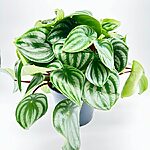 Peperomia Argyreia Watermelon Plant
Peperomia Argyreia Watermelon Plant
Your review
* Review is required
Name
* Name is required
Email
* Email is required
Add photos or video to your review
* Please tick the checkbox to proceed
We’re a small family business with a big love for plants.
From our base in Aberdeen, we pack every order with care and love. Our small size means we can be flexible with special requests, and we’re always happy to help. We reuse packaging, craft our own eco-friendly products, and offer friendly advice whenever you need it.
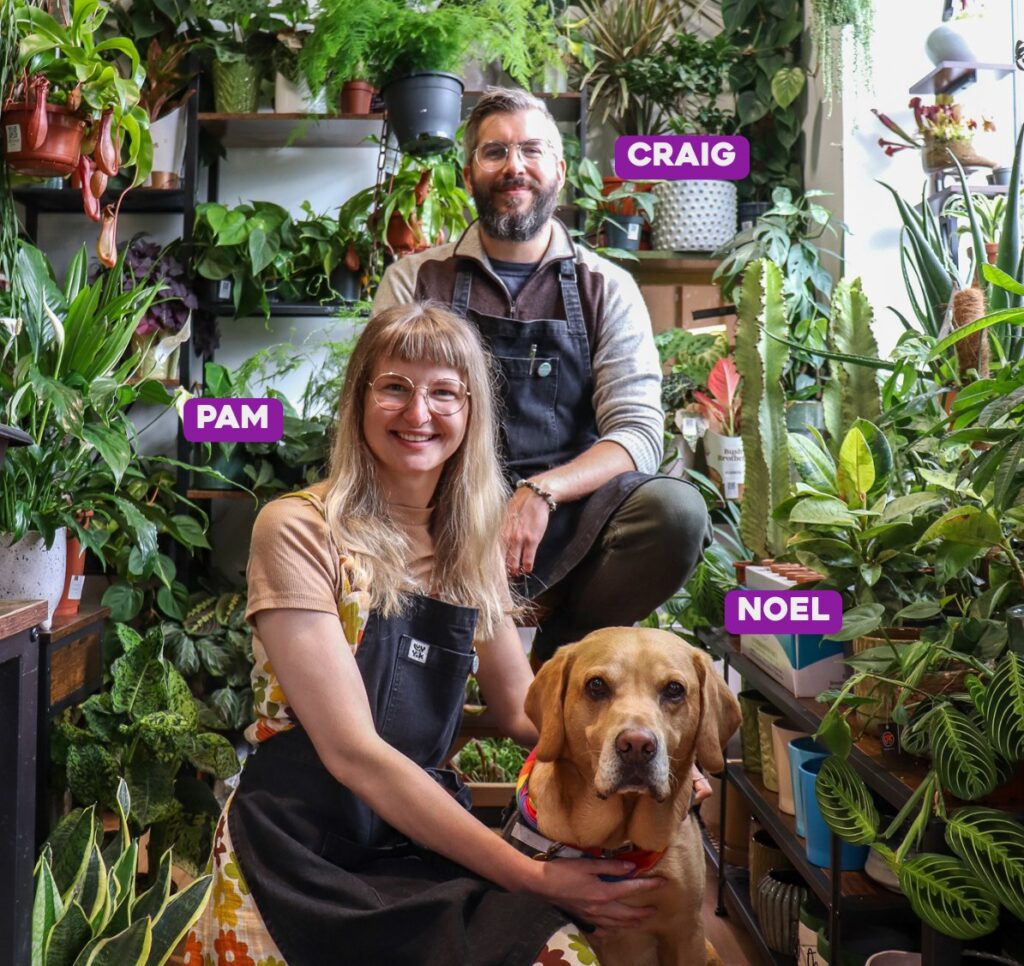




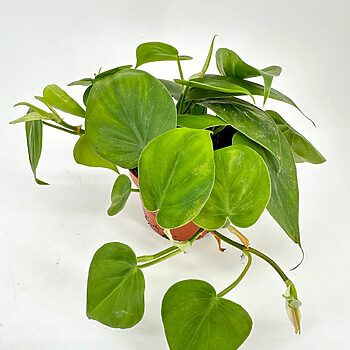
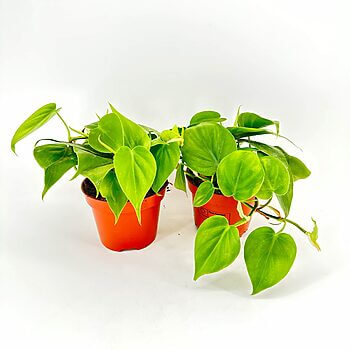
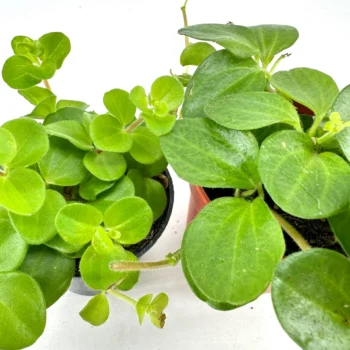
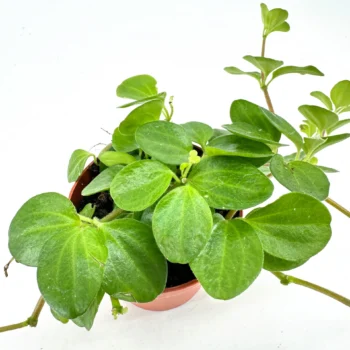
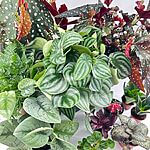


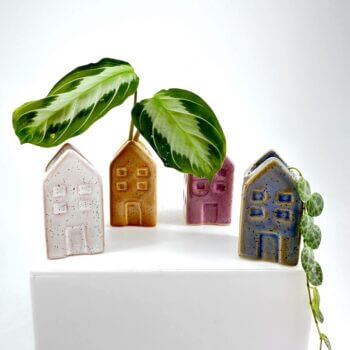

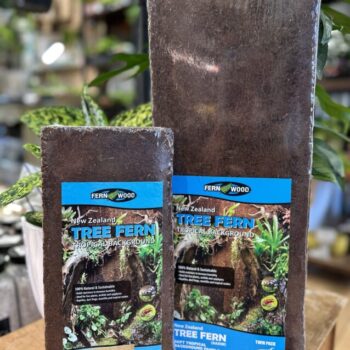
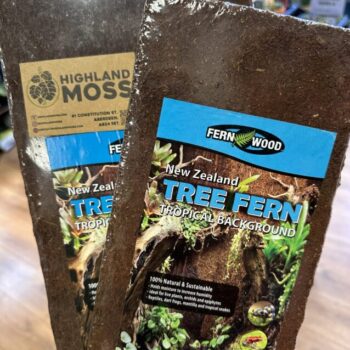
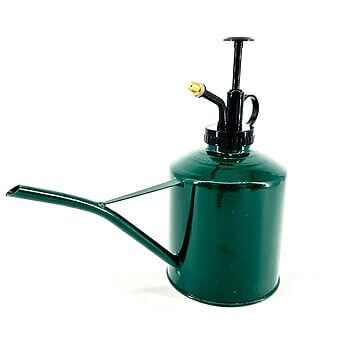
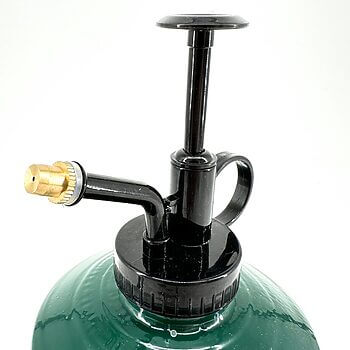
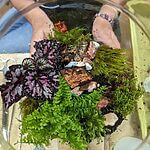


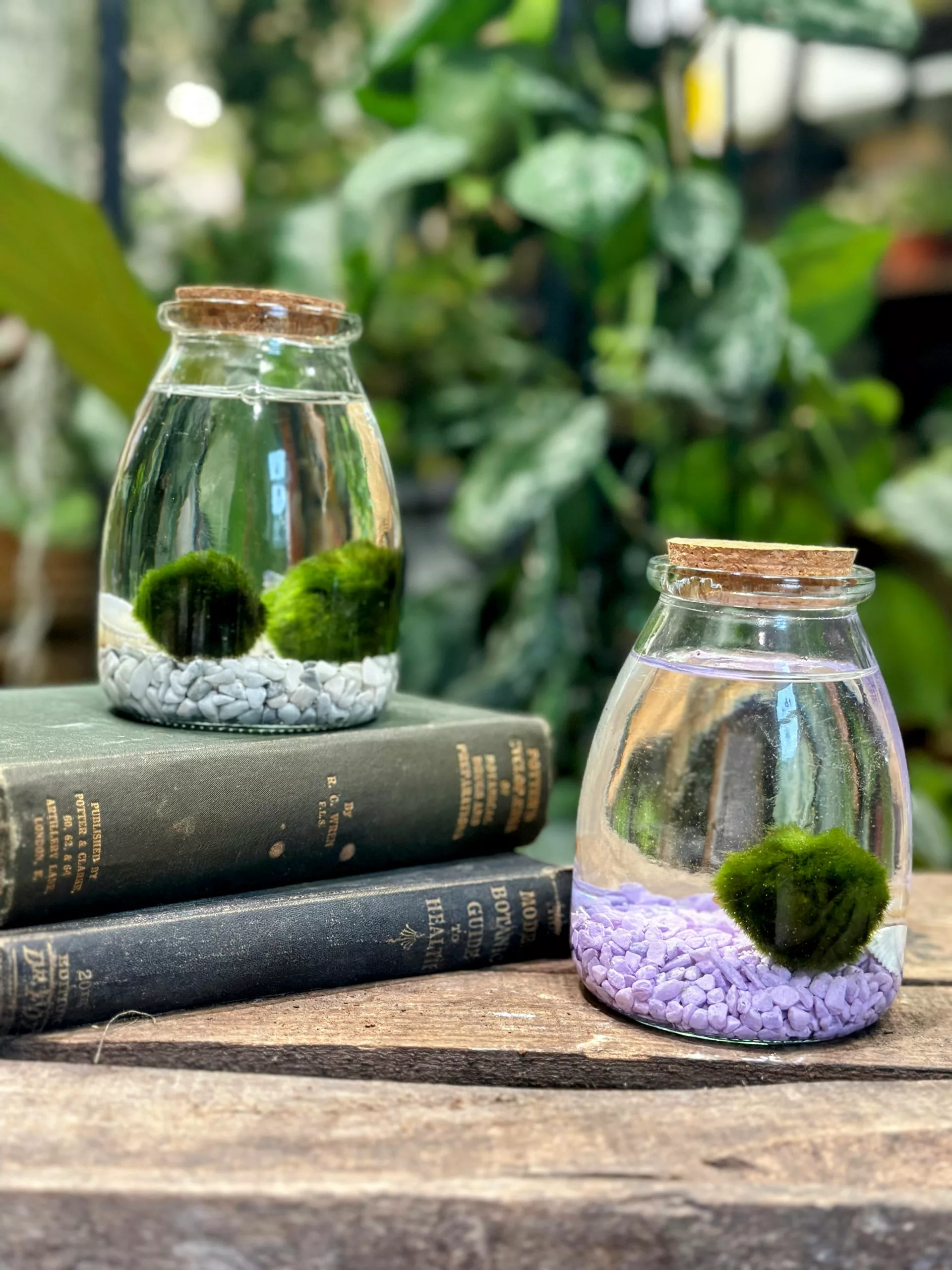
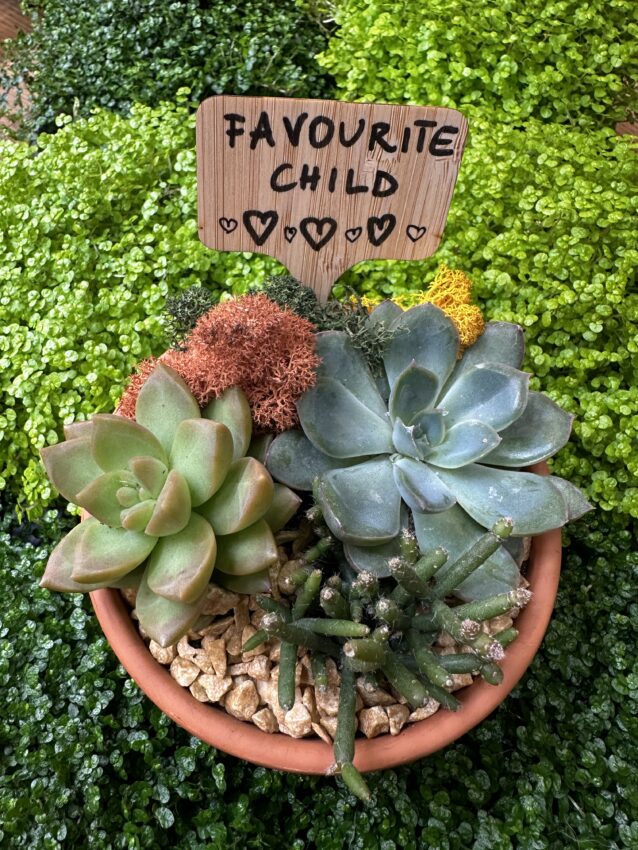
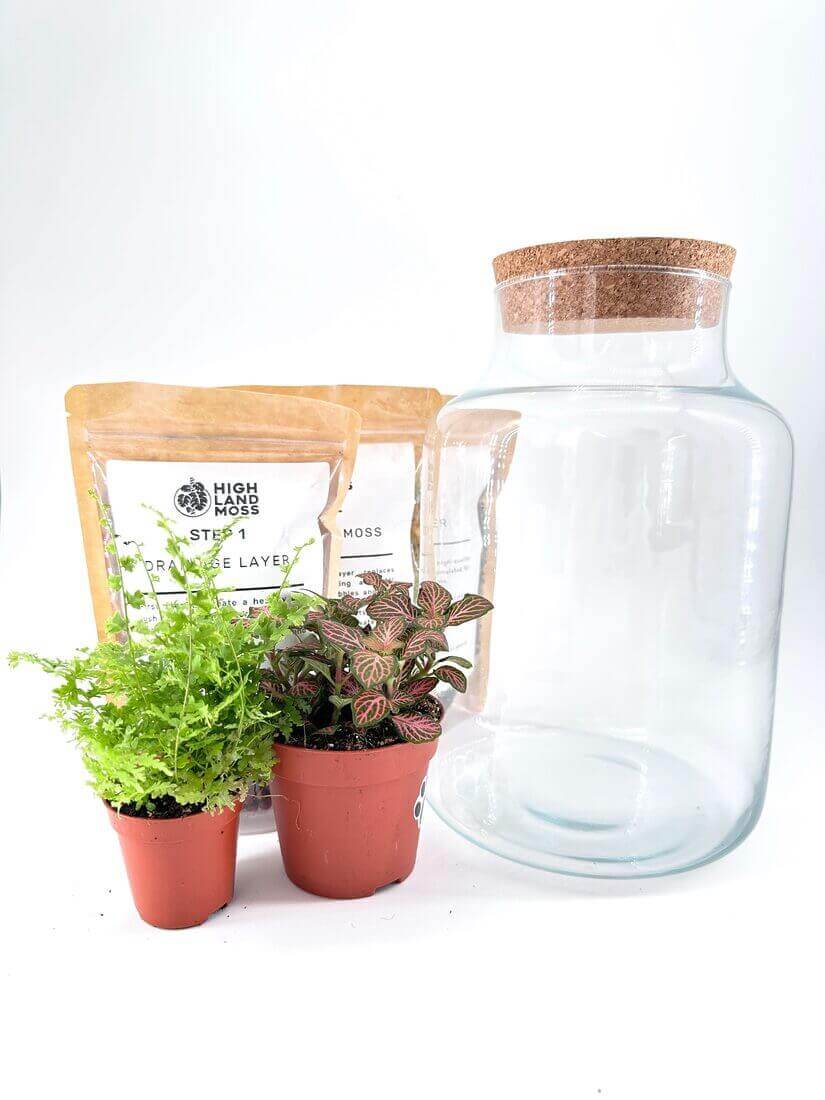
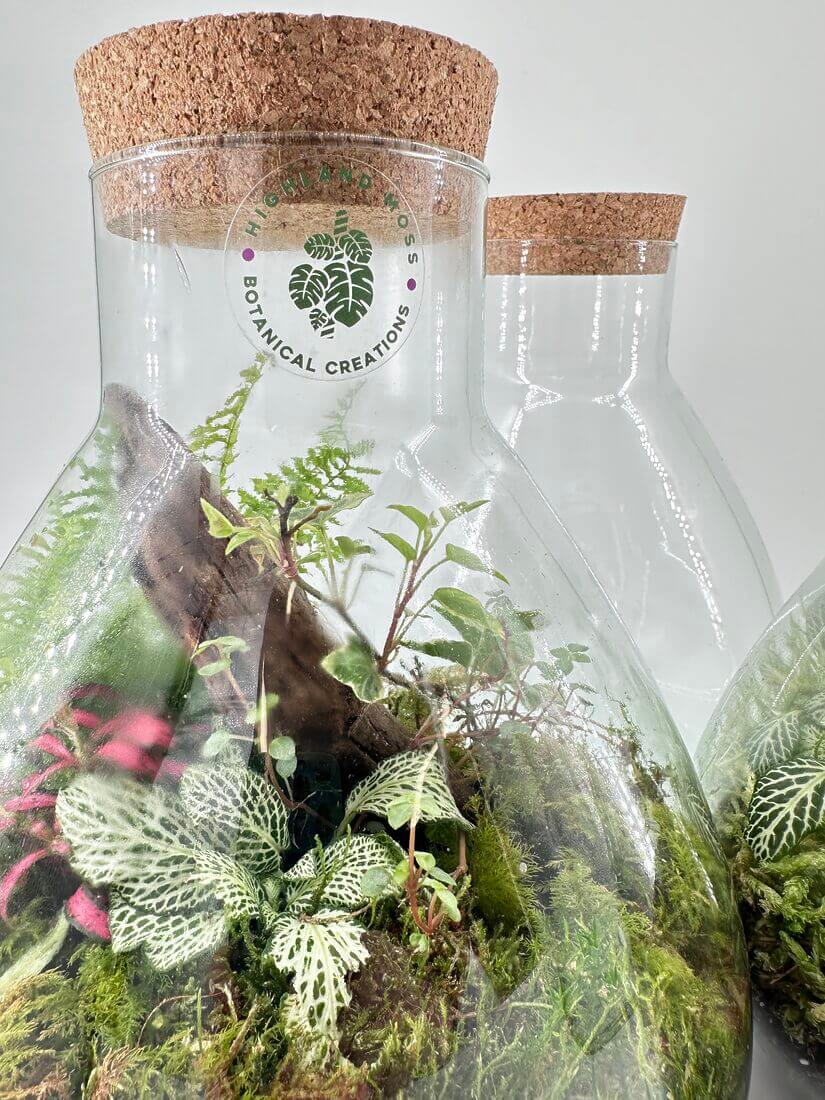
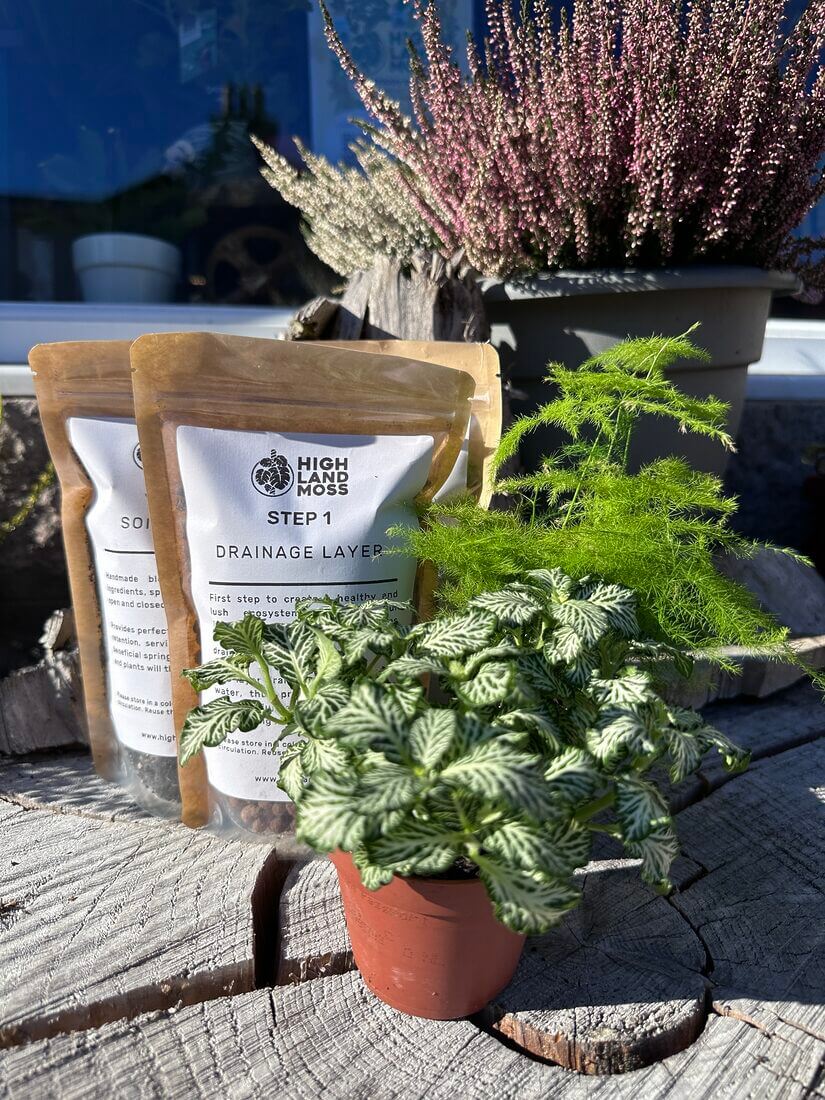

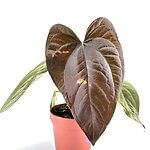


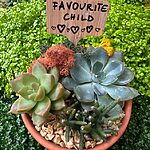
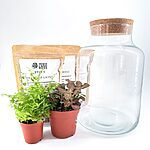
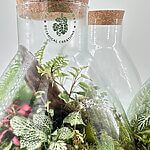
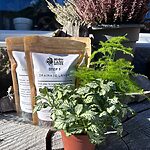


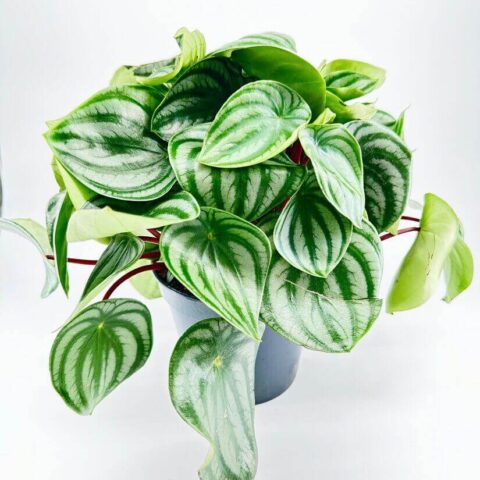


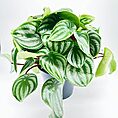
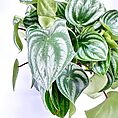
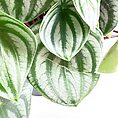
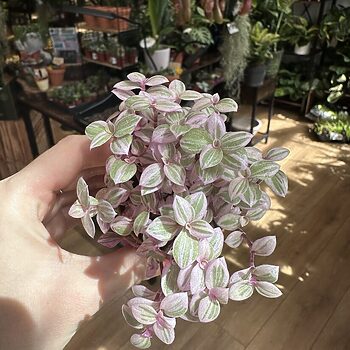
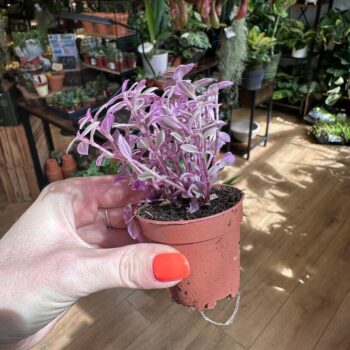
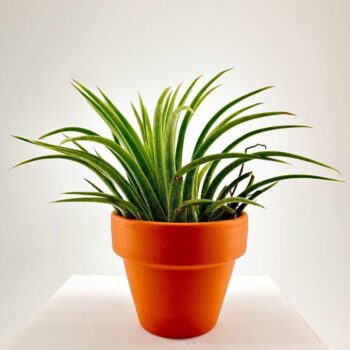
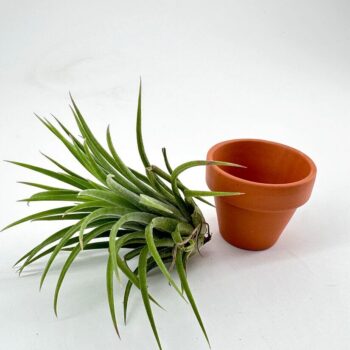
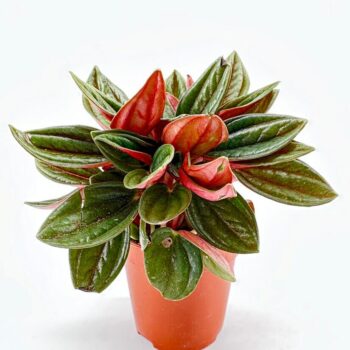
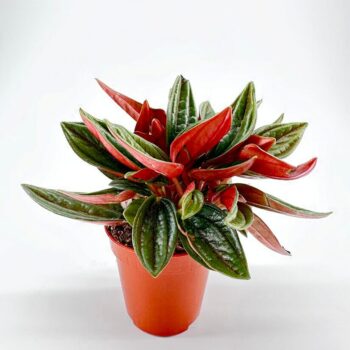
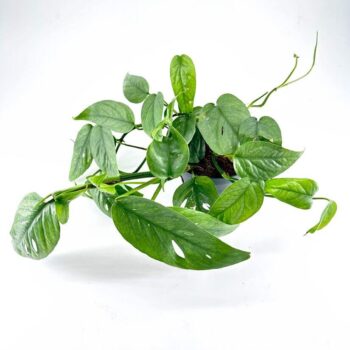
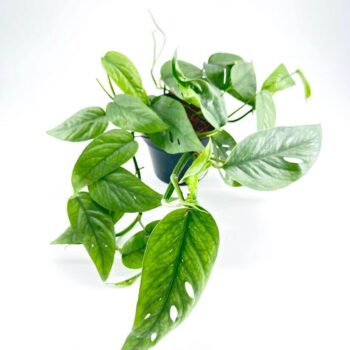


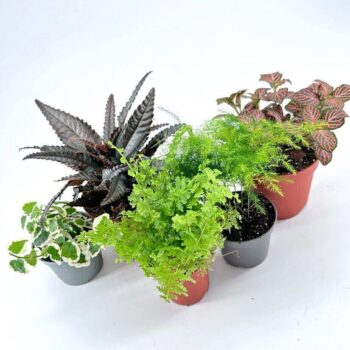
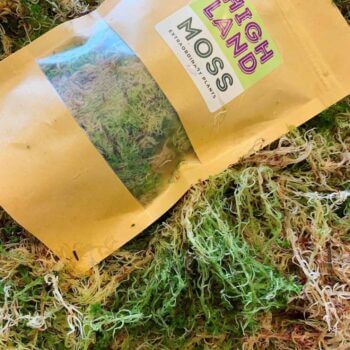
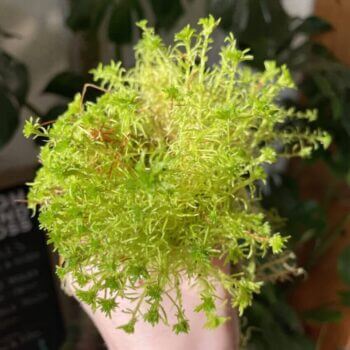
Craig and team were very knowledgeable and helpful with the repotting of my terrarium. Craig spent a lot of time suggesting suitable plants for my home and how to care for them
Really lovely staff, very helpful and friendly. Website is well maintained with accurate product photos and useful guides. Love this shop!